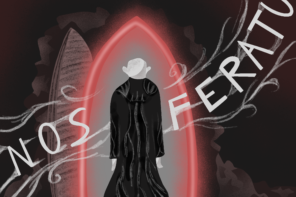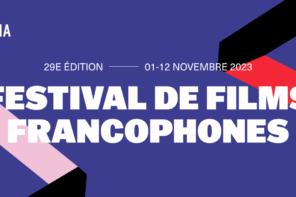Short films (shorts) are approaching their annual and all-too-brief moment in the spotlight. Today, on March 15th, the Oscars announced their nominations for the best live action, animated, and documentary shorts of 2020. From now until the ceremony in late April, cinephiles will be watching these select shorts and guessing which film will win. For the other eleven months, shorts will be largely neglected and remain on the periphery of cinematic and cultural discussions. The lack of year-round attention to shorts is unfortunate. Short films’ relative obscurity, compact format, and incredible artistic possibilities provide us entertaining and valuable artistic expression, and they deserve to be watched.
Shorts can be wonderfully obscure. Most shorts are made with little or no budget and receive minimal press coverage. They rely on arthouse streaming services like Kanopy (free to McGill students) and MUBI (with price discounts for students) for visibility. This lack of attention is regrettable, no doubt, but it allows audiences to appreciate shorts separately from how we enjoy other movies. Popular movies are endlessly dissected, discussed, and judged at events like the Oscars, and it becomes hard for individuals to derive personal meaning from a film in the swarm of hot takes. If you watch a short, it is unlikely your friends will have seen it, or have even heard about it. You can digest the film free from the noise and forge an experiential and private relationship with the film exclusively.
McGill students are busy: often too busy to spend multiple hours on a feature film. Therefore, watching a short is a low-risk, high-reward time commitment.
Shorts are well worth anyone’s time because they’re…you know…short. The Academy defines a short film as under forty minutes, but most shorts clock in at under a half-hour. If a full-length film (a feature film) is unengaging, you’re going to have to stick with it for two hours. If a short is unexciting, it’s over before you’ve wasted any real time. McGill students are busy: often too busy to spend multiple hours on a feature film. Therefore, watching a short is a low-risk, high-reward time commitment. You still are transported into surprising and unique cinematic worlds, but in about the length of an episode of The Office.
The creators of short films are forced to make an impactful artistic statement in very little time. Limited run-time is a necessary artistic problem that forces short filmmakers to distill their story to its true essentials. Shorts are all killer, no filler. For many filmmakers, this means forgoing elaborate plots or extended, dramatic showdowns and focusing purely on dialogue, character, and atmosphere.
While most feature films require plot to engage the audience for multiple hours, shorts often operate free of that burden and focus on candid, intimate, and relatable experiences.
This style is exemplified in a fantastic short film from Brazil called Breakwater (available on MUBI). The film eschews traditional narrative structure as director Cris Lyra simply allows the camera to follow a group of young people healing through community against the backdrop of beautiful coastal Brazil. Another great short from Israel called Aya (available free for McGill students on Kanopy) portrays a spontaneous relationship driven by the rhythms of conversation, touch, and music. Aya plays like a truncated version of Sofia Copolla’s Lost In Translation or Richard Linklater’s Before Trilogy, but in a more compact and digestible form. While most feature films require plot to engage the audience for multiple hours, shorts often operate free of that burden and focus on candid, intimate, and relatable experiences.
…in this bite-sized format, it’s crisp, precise, and effective.
Even more impressive, many shorts strip the conventional three-act story templates that normally take hours to unfold down to their basic essences. In Nimic (available on MUBI), Greek filmmaker Yorgos Lanthimos constructs a peculiarly eerie familial and societal dynamic reminiscent of his genre-bending classics like Dogtooth or The Lobster. Yet Nimic gives even less context to the rules of the world and forces the audience to infer the rules and principles of the story beyond what is shown. The award-winning Hungarian short Sing (available for free on Kanopy) is about an elementary-school choir conspiring to protest their rather nefarious conductor. Sing’s plot is too thin to encompass a full-length feature, but in this bite-sized format, it’s crisp, precise, and effective. Time constraints force plot-driven shorts to be packed with an accelerated narrative momentum absent from most feature-length films.
Film, whether twenty minutes or two hours, is a vital artistic medium that transports viewers to new worlds and allows audiences to vicariously experience other people’s lives. But shorts are different from feature films. They’re a fraction of the length and receive a fraction of the hype. The best short filmmakers will take these challenges head-on and forge impacting works of cinema that deserve more of our time.








